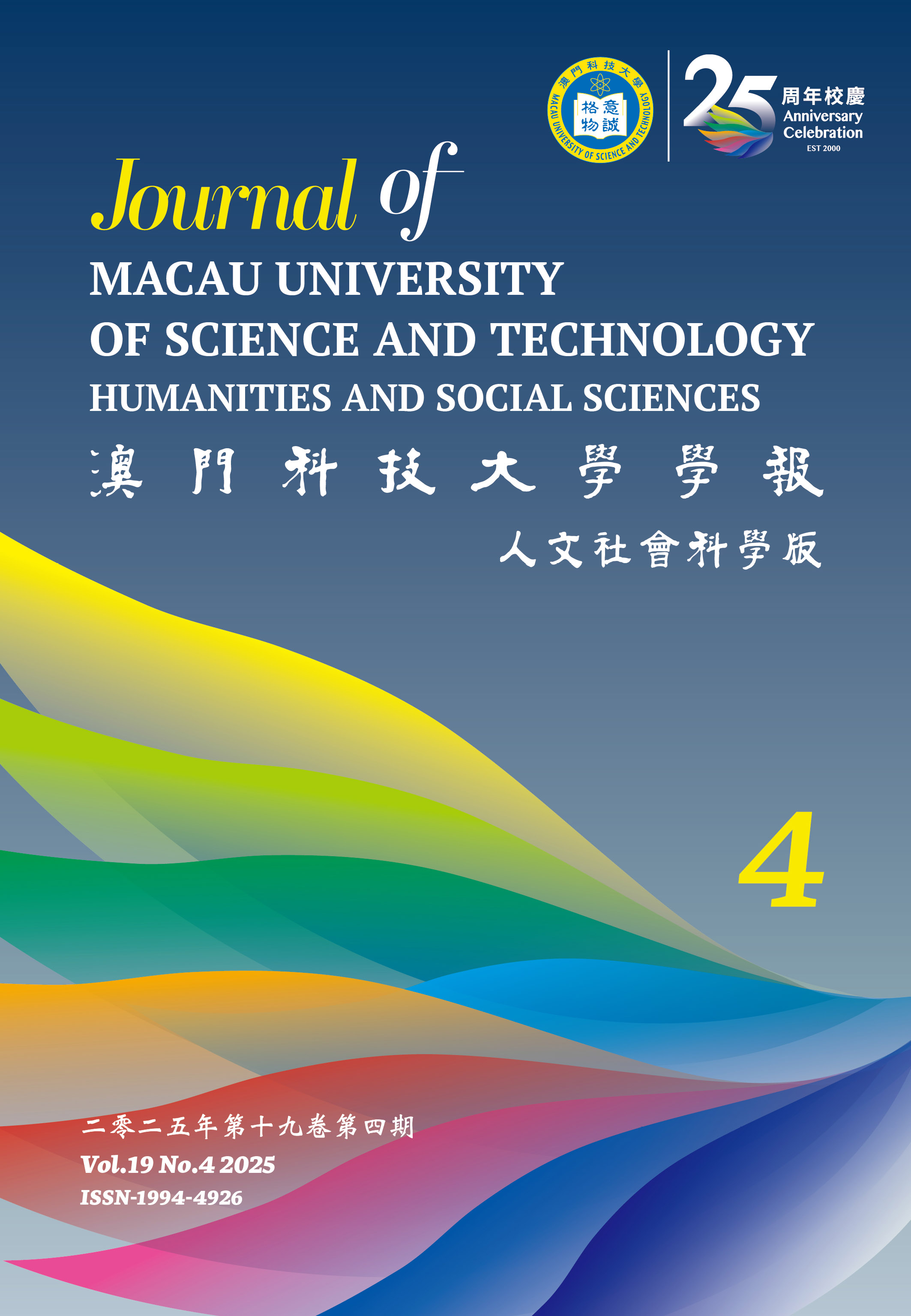Leonard K. Cheng, Zuxu Chen
The 2008 financial crisis spurred China to promote the use of renminbi (RMB) in international transactions in order not to be trapped deeper in a US “dollar trap”. The launch of cross-border RMB trade settlement marked the start of RMB's internationalization. Early on, China had to choose between fully liberalizing capital flows and maintaining capital control for the sake of financial stability. It opted for a gradualist policy approach. RMB internationalization has made progress, with gains in international usage, foreign exchange reserves, international payments, and global trade finance. Yet, it still lags way behind the US dollar and the Euro. The US dollar's dominance has contributed to the existing monetary system's drawbacks that include global currency instability, deflationary bias in global aggregate demand due to the accumulation of currency reserves by developing countries to deal with the instability, and inequality in the international allocation of resources in the sense that the value of exports from developing countries to developed countries exceeds that of their imports from developed countries. Among the various reform proposals for the international monetary system, more feasible would be a multi-polar system whose core currencies include the US dollar, RMB, and the Euro competing with each other. It would make the global currency market more stable, reduce the global aggregate demand's negative bias, and make the international resource allocation more equitable. RMB internationalization still has a long way to go to match China's relative economic size and share of international trade. With China's economic growth, the extent of RMB internationalization may rise much further, thus contributing to the formation of a multi-polar international monetary system.

